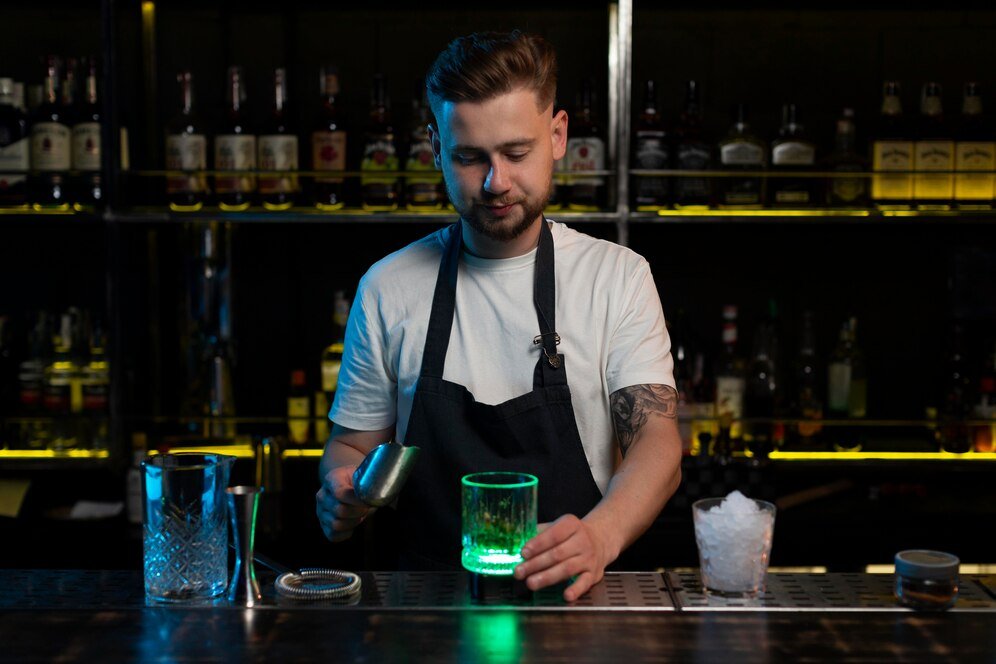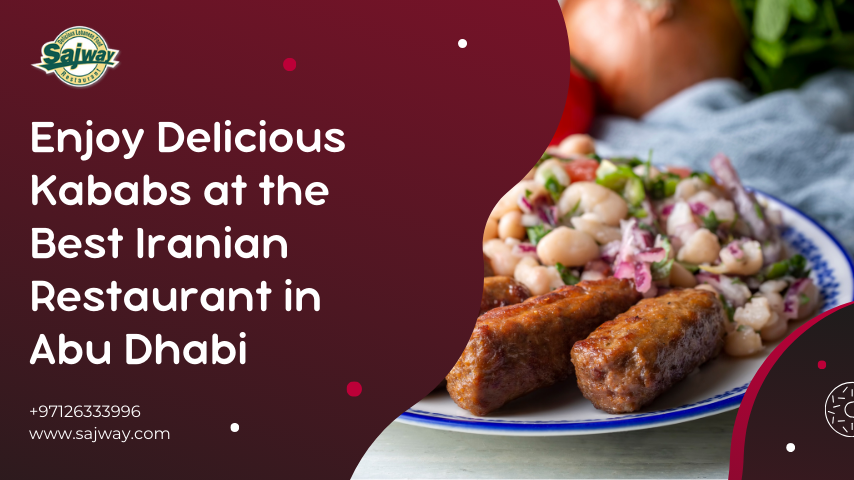Search Engine Optimization (SEO) will still be a vital tool for companies in all sectors in 2025, but for restaurants, it has especially great importance. Understanding how SEO will change shortly is essential for restaurant owners, marketers, and operators who want to stand out in a very competitive digital space as mobile-first indexing, voice search, and AI-driven content strategies rise. Optimizing your restaurant’s digital presence will be more crucial than ever as more and more customers search engines to find, choose, and review dining establishments.
This post will go over how SEO For Restaurant is changing and what owners should know to keep ahead of the curve.
1. Mobile-First Indexing: The New Standard
Most search traffic in 2025 will originate from cell phones. Starting in 2018, Google’s mobile-first indexing has now become the norm for search results. Thus, the mobile version of a restaurant’s website will be given more importance than the desktop one. For eateries, this change is notable. Whether they are looking for a lunch choice while on travel or an evening meal, consumers are looking for restaurants on the run more and more. Not only will a mobile-optimized website enhance user experience, but it will also directly affect your search engine results.
Smaller screens should be easily navigable for restaurant websites, which also need to quickly provide access to important data, including hours, menus, and locations. For mobile users, fast loading times, responsive design, and obvious, visible calls to action such as “Order Now” or “Make a Reservation” are vital. Google’s algorithms will still give websites that fit these criteria top priority in 2025. Thus, a flawless mobile experience should be the first focus.
2. Voice Search Optimization
Optimizing for voice search is a crucial trend restaurants should not ignore as voice-activated assistants like Siri, Google Assistant, and Alexa proliferate. Usually, local voice search questions are longer, more conversational ones. A voice search user might query, “What are the best pizza restaurants near me?” or “Where can I get vegan food in downtown Los Angeles?”
Restaurants that want to profit from this trend have to concentrate on improving their websites and materials to respond to more natural, question-based searches. You absolutely must include conversational phrases and location-based keywords in your material. Furthermore, increasing your chances of showing up in voice search results by using schema markup enables search engines to grasp the background of your content.
Local SEO will be among the most crucial determinants of voice search success in 2025. Optimizing your restaurant’s website for local search is crucial, given more voice searches, including phrases like “near me.” Verify that the Google My Business profile of your restaurant is accurate, complete, and current; then inspire happy patrons to leave reviews to increase your local search result credibility.
3. AI and Machine Learning: Personalizing the Dining Experience
Artificial intelligence (AI) will be more important than ever in 2025, and restaurants can use these technologies to customize the dining experience of their patrons. Based on user behavior and preferences, artificial intelligence can assist in producing more relevant, accurate content. AI can, for example, recommend menu items depending on past customer orders or even forecast the kinds of dishes likely to be popular during particular seasons or events.
From an SEO perspective, eateries will be able to make use of AI-driven tools examining consumer behavior and search patterns. These instruments can offer insightful analysis of consumer searches, trending keywords, and how best to make restaurant websites more easily visible. AI-powered data combined with SEO techniques will let restaurants keep ahead of the competition and give their patrons a more custom dining experience.
AI can also be used by restaurants for chatbots on their websites, so enabling real-time client interaction with the establishment. These chatbots can take reservations, respond to inquiries, offer menu recommendations, and even assist consumers in making online purchases. AI-powered chatbots will be included in the whole SEO plan to guarantee that users of the digital presence of the restaurant have a seamless and tailored experience.
4. Local SEO: Dominating the Search Results
For restaurants looking forward to 2025, local SEO is among the most crucial factors of SEO. Success depends on your restaurant showing in local search results since more patrons depend on search engines to find dining choices close by. With tools like the “Local Pack” the map and listings that show at the top of the search results playing a central role in driving traffic to local businesses, Google has changed significantly how it shows local results.
Restaurants that want to show well on local search results have to concentrate on the following:
- Google My Business: This is a vital tool for restaurants to improve their local SEO. Make sure the profile of your restaurant is filled with current data including hours of operation, location, menu, and pictures. Boosting your rankings and drawing in fresh business depend on positive reviews as well.
- NAP Consistency: Ensure your restaurant’s Name, Address, and Phone number (NAP) are consistent across all online directories and platforms. Incorrect or contradicting material can lower your rankings and confuse possible consumers.
- Local Keywords: Incorporate location-specific keywords into your website’s content. To boost local searches, say things like “best Italian restaurant in [city name]” or “affordable sushi in [neighborhood name].
- Online Reviews: Positive customer reviews on platforms like Yelp, TripAdvisor, and Google Reviews not only help boost your restaurant’s reputation but also improve your local SEO. As happy consumers can greatly affect your local search results, encourage them to leave reviews.
5. The Role of Visual Content
In the era of social media, how restaurants present themselves greatly relies on visual material. Excellent pictures and videos will greatly increase interaction and drive website traffic, thus enhancing your SEO results. Restaurant websites in 2025 will have to be more aesthetically pleasing than they have ever been since customers will want images of the food, atmosphere, and experience the business provides.
An interesting and aesthetically pleasing website can be created using food pictures, videos of the surroundings of the restaurant, and even user-generated content including Instagram posts. Furthermore crucial is making these images search engine friendly. To raise your chances of showing up higher in image search results, include descriptive file names, alt text, and captions including pertinent keywords.
Those restaurants that make good use of video marketing will stand out. Videos including behind-the-scenes footage of food preparation, chef interviews, or special events, for instance, can enthrall viewers and foster brand loyalty.
6. User Experience (UX) and Page Speed
User experience (UX) will remain a main determinant of SEO in 2025. The algorithms of Google are progressively centered on ranking websites depending on user interaction. For restaurants, this implies that improving SEO depends on having a simple and understandable website.
UX depends critically on quick loading times. Studies have indicated that a website’s abandonment by users is more likely when it loads too slowly, so affecting bounce rates and ranking performance. Especially on mobile devices, make sure the website of your restaurant is fast-paced.
Your website should have a neat, orderly layout and simple navigation. Consumers should have no trouble locating the data they require menus, locations, hours of operation, contact information, etc. Make sure the navigation of your website is clear-cut; then, think about adding tools like an online ordering system or a reservation system to make the customer experience even more flawless.
7. Content Marketing: Keeping Customers Engaged
For restaurants in 2025, content marketing will remain a key factor influencing search engine optimization. While enhancing search engine results, a well-optimized restaurant blog or content hub can offer consumers useful information. Frequent blog entries on food trends, recipes, special events, and restaurant promotions will help draw in fresh business and keep your present readers interested.
Traffic to your website can also be generated by long-form materials including cooking advice, guides, “best-of-interest lists, and Providing useful and educational materials that will help your restaurant establish authority in your field, thus enhancing its credibility and search engine results.
Video material especially live-streaming is another expanding trend in content marketing. Organizing live cooking demonstrations, virtual tours, or chef Q&A sessions will interact with patrons in real-time and increase the online presence of your restaurant.
Conclusion
In 2025, SEO for restaurants will call for a multifarious strategy including mobile device optimization, voice search, local SEO, visual content, and user experience. Along with a strong emphasis on local search and reviews, the combination of artificial intelligence and machine learning will help restaurants remain competitive in an environment going more and more digital. Restaurants that concentrate on giving their patrons, both online and in-person a flawless, customized, and aesthetically pleasing experience will be positioned for success in 2025 and beyond.
Knowing how SEO is changing and applying the correct techniques will help your restaurant have the digital presence it requires to survive in the always-shifting digital environment. Maintaining top-of-mind. for patrons looking for dining options in your area depends on keeping ahead of trends and always improving your website.
Digital Marketing Packages offer tailored solutions for businesses to enhance their online presence. These packages typically include SEO, social media management, content creation, email marketing, and PPC advertising. Designed for various budgets, they help businesses increase visibility, drive traffic, and generate leads through strategic, data-driven marketing efforts.













Leave a Reply